Travel Diaries of Bob Schulman

60 YEARS AGO IN MEXICO: TALE OF AN IGUANA
By Bob Schulman
Robert M. Schulman was one of the most prolific travel writers of the last many decades. Born in Brooklyn,Bob passed away at age 84 in Denver, CO in December 2017. His contribution to the travel industry started in 1993, he was one of the principal founders of Frontier Airlines, serving as the airline’s VP of Corporate Communications. Prior to his work for Frontier, Bob was a PR exec for Reno Air and before that for an earlier version of Frontier, Eastern Airlines and Mohawk Airlines. He grew up in Malibu, graduated from California State University at Long Beach and served in the U.S. Army in Korea during the Korean War. His passion for travel and writing about the Caribbean and Mexico led him to rare and popular destinations. His stories appear in dozens of publications including the New York Times, the Huffington Post and Watchboom.com, the precursor to European World Travel. Bob was a member of the Society of American Travel Writers and is survived by his wife and two sons. We bring you Bob’s inimitable travel reviews, writing that has no shelf life, to enrich your own journeys.
Go behind the scenes of the troubled filming of the movie classic, Night of the Iguana. Find out how the flick’s famous director John Huston used a daring threat to get the film back on track. And how a torrid off-screen romance between two super-stars helped turn the film’s location – a tiny Mexican fishing village – into a world-class resort.
A half-century ago a movie called Night of the Iguana was being filmed in the little Mexican village of Puerto Vallarta – and the project was going horribly wrong. It was running weeks behind schedule, mainly due to bickering between members of the cast and their take-me-alongs. Some wouldn’t even speak to each other.
Carlos Munguia, Puerto Vallarta’s official historian before he died several years ago, was a local consultant to the movie’s famous director, John Huston. “Old wounds from past romances were festering (on the set),” Mungia recalled in an interview.
Some examples: Scowling at Richard Burton, one of the stars of the movie, was actress Elizabeth Taylor, his lover who’d shown up to keep an eye on the notoriously philandering Burton. Taylor was said to be furious that Burton had brought his PR man Michael Wilding (one of Taylor’s ex-husbands) along. And Ava Gardner, another of the film’s top stars, was less than happy that co-star Deborah Kerr had shown up with her husband Peter Vietel (who at one time had been “an item” with Gardner).
Still another guy in the cast was said to be a jilted partner of a guy in the camera crew.
According to Munguia, Huston took these and other warring ex-lovers aside and gave them loaded, silver-plated pistols. “Now,” he said, “you can either shoot each other or shoot the film.”
He made his point. The production got back on schedule.
But it wasn’t the movie that drew hundreds of reporters from around the world to this tiny fishing village. It was the sizzling off-screen romance of Burton and Taylor, both larger-than-life figures – and both married to other people at the time – that made this movie worth so much ink and airtime.
Between snippets of the couple cavorting around town, the media sweetened its coverage with shots of the city’s sundrenched beaches and the old-world charm of its cobbled lanes and colonial architecture. The town got millions of dollars worth of free publicity, and it hasn’t been the same since.
Fast forward to today, and Puerto Vallarta is one of Mexico’s most popular resorts, hosting millions of visitors a year in a seemingly endless line of high-rise hotels lining the beaches of an immense, crescent-shaped bay. Together with its neighboring marketing partner, the 192-mile-long Riviera Nayarit, the area is now one of the largest resort destinations in the world.
What about the movie? Was it a hit? Released in 1964, Night of the Iguana turned out to be a blockbuster, coming in as the 10th highest grossing film that year. It scored nominations for four academy awards, one of which took an Oscar.
What did an iguana lizard have to do with the film? Shortly before the final scene, “T. Lawrence Shannon” (the rum-soaked, defrocked priest played by Burton) frees a six-foot-long iguana being held for the stewpot in a run-down hotel owned by the widowed “Maxine Faulk” (Ava Gardner’s character).
The long-tormented Shannon explains (in a metaphor for himself) to Faulk why he did it: “I just cut loose one of God’s creatures at the end of his rope … so (the lizard) could be free from panic and scamper home safe and free. An act of grace, Maxine.”
Shannon and Faulk free themselves in the last scene when they decide to couple up at the hotel and look out for each other.
First printed in WatchBoom.com December 2013
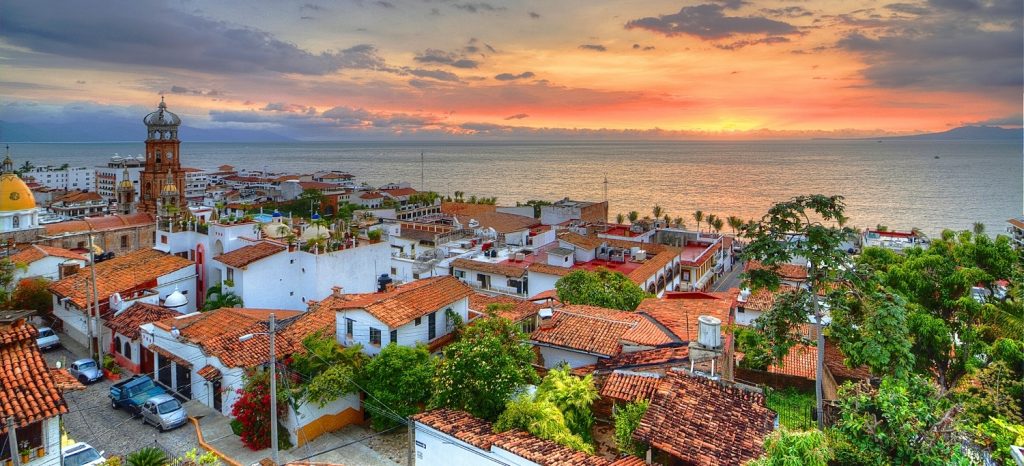

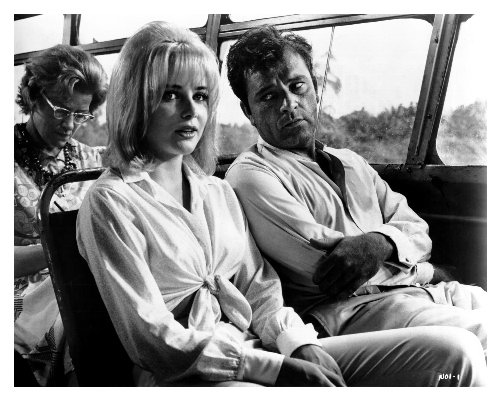



WOMEN ON THE MAPS: WHO WAS CHARLOTTE? CARMEN? BEVERLY?
Aggripina?
It’s pretty easy to figure out the origins of female-named cities like Victoria, Athens and Santa Barbara. Others are tough to pin down. The Asian gambling hot spot of Macau, for instance. And guess what big modern-day city traces back to the ancient village of Colonia Claudia Ara Agrippinensium. Hints: It’s in Germany, and it smells good.
By Bob Schulman
Flying to Playa del Carmen for some fun in the sun? Or maybe to Charlotte Amalie down in the Caribbean? Or to Lake Louise up in Canada? Or to Victoria Falls over in Africa? Or to Beverly Hills to spend a week with your rich uncle?
The origins of some of these names are easy to figure out, like the Victorias around the world and spots tagged for female saints. Others aren’t so easy, and some are really tough to pin down, such as the Beverly in Beverly Hills. More about this later.
Let’s start with a couple of Charlottes. The one in North Carolina – “the Queen City,” as it’s called – was named after Charlotte of Mecklenburg-Strelitz, wife of British King George III. The other Charlotte, also royally inspired, shows up on the map of St. Thomas in the U.S. Virgin Islands. Here, Danish monarch Christian V gave the island’s capital the name of his better half, Charlotte Amalie (pronounced ah-MAHL-yuh) of Hesse-Kassel.
The legacy of Agrippina
Across the pond, another feminine superstar can be traced to the origin of modern-day Germany’s fourth largest city. Her name was Agrippina, and she was born there in 15 A.D. when the town was a Roman outpost on the Rhine River known as Oppidum Ubiorum. But for a small- town girl she had a lot of clout – like being the daughter of the Roman Emperor Germanicus and later on the wife of the Emperor Claudius.
Historians say she talked her hubby into renaming the town Colonia Claudia Ara Agrippinensium (meaning something along the lines of “the colony of Claudius and Agrippina”), which over time was whittled down to its name today, Cologne.
On the other side of the world, visitors to the glittering casinos of Macau on the South China coast might want to pray for luck at the former Portugese colony’s A-Ma Temple. Macau’s name comes from the temple and its shrine of the Chinese sea goddess Matsu – a lady said to be able to predict good or bad luck.
Vacationers oohing and aahing at the spectacular sights of Lake Louise up in Canada can find out in a second how the lake got its name. Just about anyone around those parts will tell you Louise was Princess Louise Caroline Alberta, the fourth daughter of Queen Victoria.
South of the border, the booming beach town of Playa del Carmen on the Riviera Maya was named for Our Lady of Mount Carmel, as the Virgin Mary is called in the Carmelite Order. Also, the Carmelites’ Our Lady is the patron saint of the Cancun mega-resort up the coast. Dozens of Mexican cities are named after Our Lady of Guadalupe from a peasant’s sighting of the Virgin Mary in 1531 outside Mexico City on the hill of Tepeyac. The name Guadalupe traces back to the 13th century discovery of a buried statute of the Virgin Mary on the banks of the Guadalupe River in Spain. Legends say it was hidden there when the Moors invaded the southwestern part of Spain in 714.
Two for the road
Let’s end this with a couple of toughies. First, who was the State of Virginia named after? The answer is, the name is a holdover from the former British colony of Virginia, which was named after Queen Victoria I. So where does Virginia fit in? From the monarch’s nickname. She never married, and was known as “the Virgin Queen.”
And on the other coast, who was the Beverly in Beverly Hills?
Imagine fields of lima beans as far as you can see. That’s what Beverly Hills looked like when it was bought by some big oilmen from the East in the early 1900s. They didn’t find any black stuff, so they decided to subdivide the land to build classy homes. They named it after a place full of classy homes back East called Beverly Farms, an offshoot of the nearby town of Beverly, Mass.
But who was Beverly? It seems the early settlers of Beverly (Mass.) had religious links to a city called Beverley (with an extra “e”) in Yorkshire, England, home of St. John of Beverley. The latter town’s name dates back to the 10th century, when it was called Bevreli (meaning something like “place of beaver colonies”).
First published in watchboom.com 6-Sept 2013
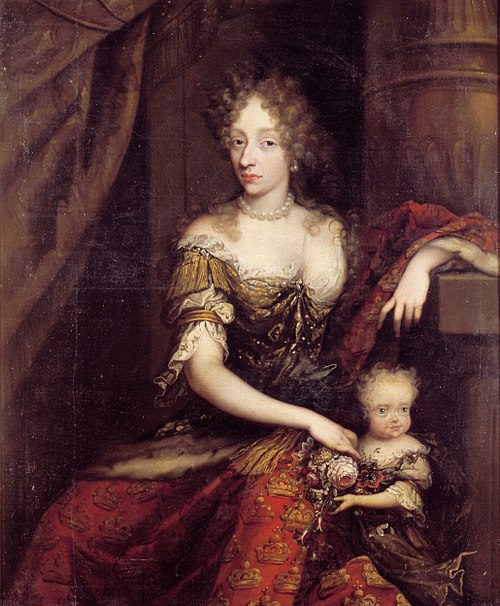
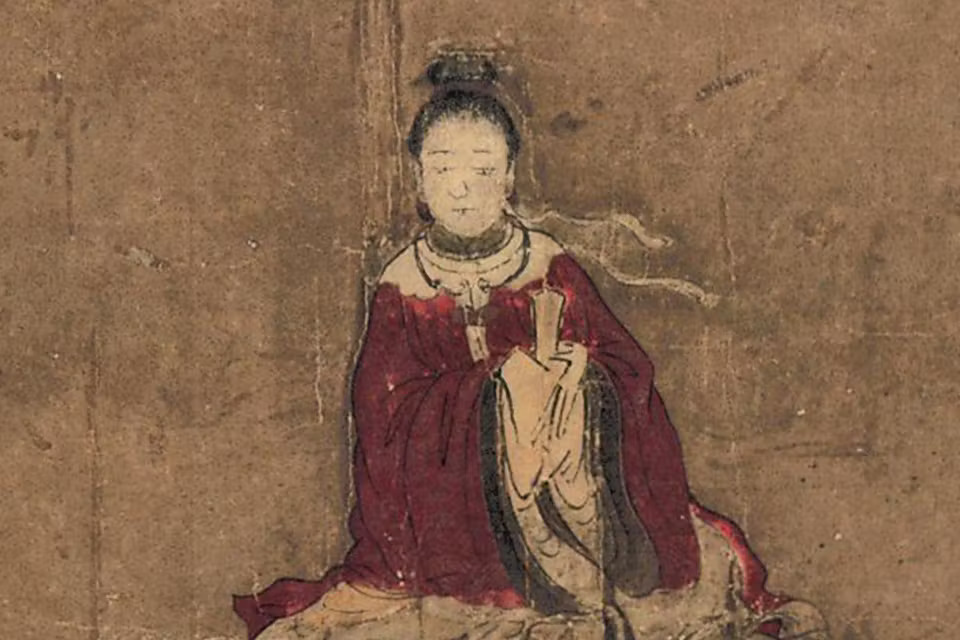
SPECIAL REPORT FROM ISRAEL: DON’T MISS BEIT SHE’AN
The ancient city of Beit She’an is about a two-hour drive north of Jerusalem, past the fallen walls of Jericho and along the palm groves of the Jordan Valley. Wander around the city – once the capital of a league of 10 Roman powerhouse city-states – and it’s easy to imagine yourself in full Roman battle garb parading to the blasting trumpets and cheers of crowds hailing the return of your victorious legion.
By Bob Schulman
If you’re like most first-time visitors to Israel, you likely never heard of the Decapolis, much less places like Scythopolis or Hippos. But sometime during your stay while you’re out sightseeing in the footsteps of Abraham, Muhammad and Jesus there’s a good chance you’ll find yourself in the boots of Roman legions parading down the columned lanes of Scythopolis.
By then you’ve learned that Scythopolis – known today as Beit She’an – was the capital of the Decapolis, a league of 10 Roman powerhouse city-states mostly in northern Jordan. Among the others were Philadelphia (now Amman, Jordan’s capital), Gerasa (now Jerash, Jordan’s second most-visited city after Petra) and the Syrian capital of Damascus. There’s not much left of the other six cities in the league including the site of Hippos, the only other one in modern-day Israel.
Beit She’an is about a two-hour drive north of Jerusalem on Route 90, past the fallen walls of Jericho, past the mysterious pyramid-shaped Mount Sartabah and along the palm groves of the Jordan Valley. “Whatever you were expecting (at Beit She’an), the actual site is much bigger and there’s a lot more to see there,” says tour guide Hamad Masagash. He cites an old Jewish saying, “If the Garden of Eden is in the land of Israel, then its gate is in (Beit She’an).”
Looking down on the site from a parking lot full of tour buses, you can see why this magnificent city, once home to 40,000 people, became the superstar of the league after the Roman general Pompey rebuilt it in 63 B.C. Wander around the city, down lanes lined by rows of 20-foot-high columns, and you can imagine yourself in full Roman battle garb parading to the blasting trumpets and cheers of crowds hailing the return of your victorious legion.
Plop down into one of the 7,000 seats in the city’s hillside theater, and it’s easy to conjure up Kirk Douglas slashing away at other gladiators in a scene out of the 1960 movie “Spartacus.” Standing 16 tiers high, the structure is rated as the best preserved Roman theater in Israel (no small feat in a country loaded with Roman theaters).
Nearby are blocks after blocks of historic buildings. You’ll go through lots of memory snapping spots like the six-story-high Temple of Dionysis (the god of wine-making, said to be the founder of the city), the remains of two immense public bath houses (billed as the largest in the country) and a shopping mall about the size of a football field, all liberally sprinkled with statues, shrines, mosaics, sculptures, halls, gates, arches and squares.
Elsewhere on the site is a huge mound called a “tell,” where archaeologists dig for pay dirt marking different times in Israel’s history under invaders like the Jebusites, Canaanites, Assyrians, Babylonians, Persians, Greeks, Egyptians, Seleucids, Maccabees, Romans, Muslims, Crusaders, Mamluks, Ottomans, Brits and everyone else who raised their flags around these parts over the last 5,000 years.
Like just about everyplace else in this country the size of New Jersey, many other historic and religious sites right out of the Bible are seemingly just around the corner from Beit She’an. Hop back on Route 90 and head north, for instance, and in 20 or so minutes you can be noshing on a pita full of chicken shawarma on the southern tip of the Sea of Galilee. From there, you’re not far from cities dotting the shoreline like Tiberius (built by King Herod in honor of the Roman Emperor Tiberius), Tabgha (where Jesus performed the miracle of the loaves and fishes) and Capernaum (Jesus’ home base during his ministry).
More info on visiting Israel: www.goisrael.com
First printed in Watchboom.com 10-2015
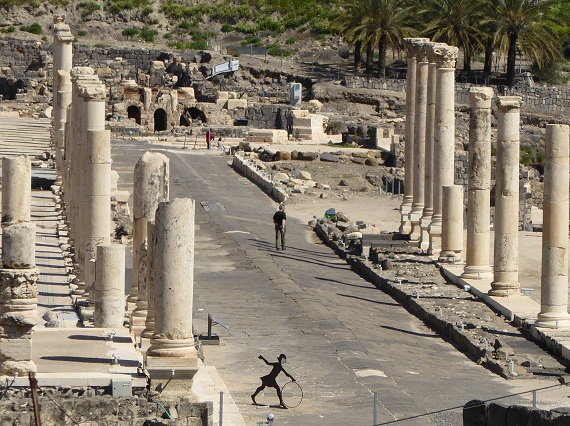
Roman columns line one of the city’s ceremonial areas. Photo by Bob Schulman.
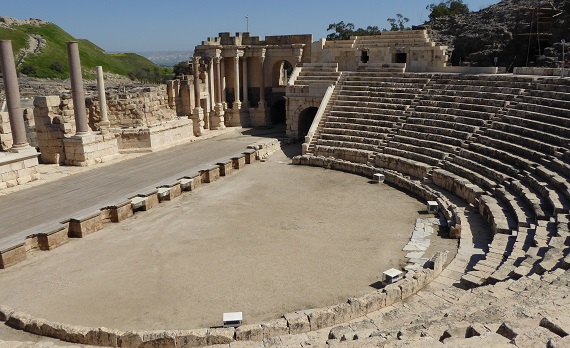
Beit She’an’s theater is remarkably well preserved. Photo by Bob Schulman.
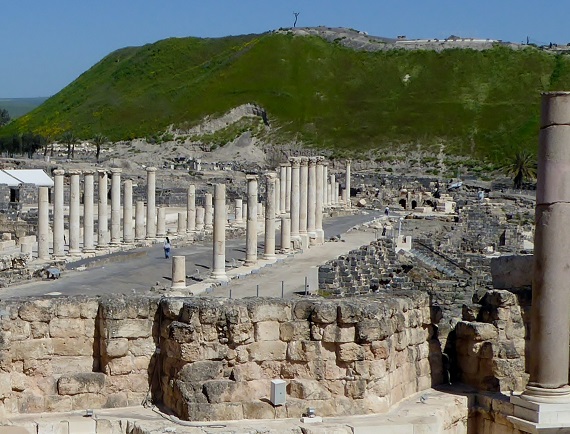
Grassy ‘tell’ holds thousands of years of history. Photo by Bob Schulman.

Pilgrims’ boat on the Sea of Galilee. Photo courtesy of the Israeli Ministry of Tourism/Itamar Grinberg.
